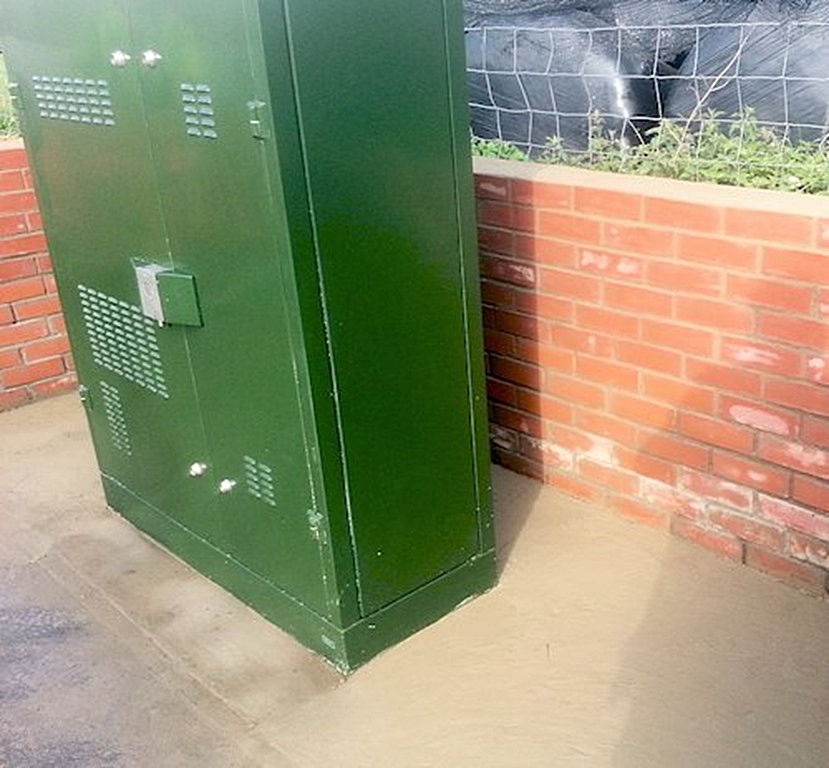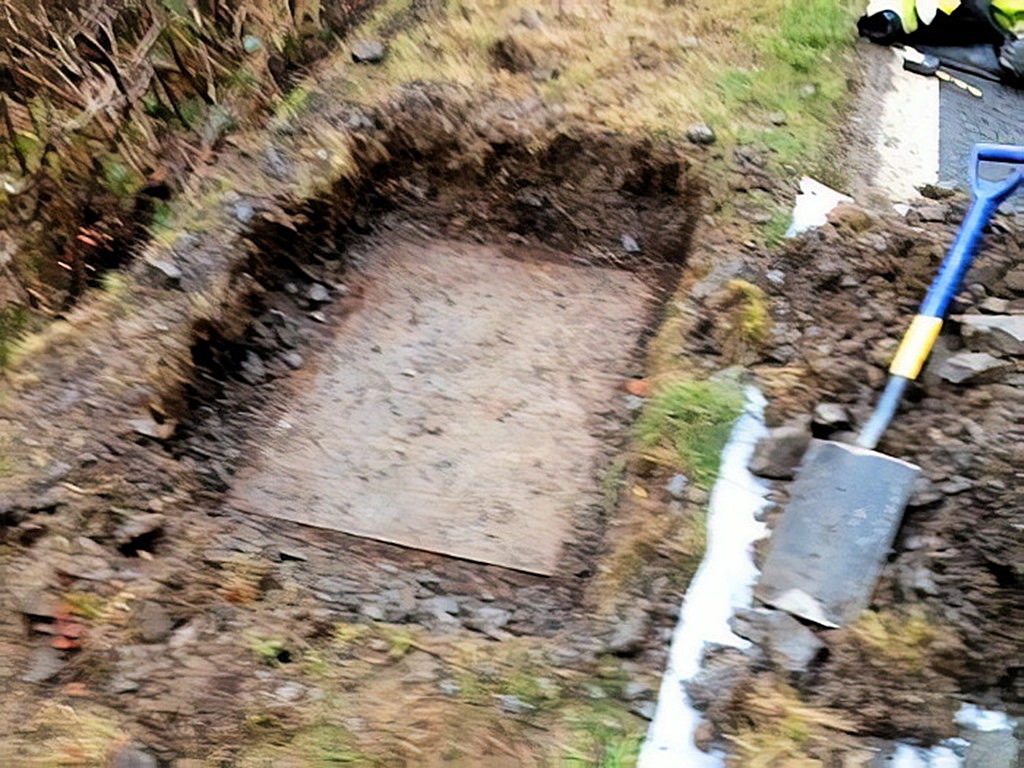Interview – How Openreach is Creating a New Fibre Infrastructure for Wales
In this guest editorial Nicholas Hardiman, an IT consultant who has worked with Internet and Enterprise technologies since the 1990s, interviews Openreach’s (BT) Senior Project Manager, Steve Jones, about the work being done to bring faster “fibre broadband” connectivity to many thousands of new homes and businesses in Wales.
Like many people, my house is in one of those patches of the country where I can practically see my data crawling along the phone line. I’m an IT consultant located in a rural location on the Welsh border. Yes, it’s my own fault for not living in a city.
Advertisement
People like me, living in superslow broadband areas around the country, have all paid attention to government announcements about revolutionizing broadband for quite a few years now and yet we still live in the land of buffering.
The solution for me is the Superfast Cymru project – the Welsh government’s work to speed up the Internet for the whole of Wales, which is working with BT to make “fibre broadband” available to 96% of Wales by the end of 2016. Superfast Cymru began in 2013 and should finally reach my area sometime in the next year.
But what lies beyond the newspaper stories of contracts won and millions spent? What is this project actually doing behind the scenes? I asked Steve Jones, Senior Project Manager (SPM) at Openreach who works out of the Newtown exchange, to describe what is happening and how all the pieces fit together.
What follows is Steve’s brief account, in his own words, of Openreach’s deployment process.
Advertisement
Openreach and Superfast Cymru
The Welsh government own the contract to roll out Superfast Cymru in Wales. BT Group won the contract to run Superfast Cymru. Wales is just one contract – in England they did them by county. Shropshire have a contract, Herefordshire and Gloucestershire, Wiltshire, and so on.
We’ve been running now a couple of years, with the Welsh government contract. Our agreement with the government ends in summer 2016.
Within BT Group, Openreach are the delivery arm. Openreach own the copper and fibre network and are responsible for the build. We split up the contract internally into mid, north and south Wales. I run mid and north, and a colleague runs south Wales. We report into a project director, who has Wales as an overall lead.
Exchanges
Openreach owns the network and is BT’s engineering arm, so we make exchanges live by putting optical equipment in there. We call exchanges “parent exchanges” or “head ends”. We branch out from a parent to the children around it.
Advertisement
We do the head end first. These are larger exchanges – physical buildings. As an example, the town of Presteigne is fed off the Kington exchange. On Anglesey, the exchanges at Amlwch and Bangor feed all of the island.
We’ve done just under 300 exchanges in Wales, so far. We have got exchanges released in every one of those counties. In some places, like Anglesey, every exchange has been enabled. Every exchange there has had at least a cabinet or an FTTP area made live.
Cabinets
After an exchange goes live we put new DSLAMs (the green cabinets) in the area, which will feed the premises. We already have the old copper cabinets all round the exchange, providing copper lines to the houses for their telephony, broadband, etc. We put fibre from the head end into the new cabinet and we link the two cabs together.

Ducts, subducts and fibre
We lay the fibre within ducts. They are about a drainpipe size. We try to use the existing drainpipe-sized duct where we can. Within that duct we lay a subduct, which is about the size of a hosepipe. The fibre cable has the diameter of a pen and the fibre is like a hair on your head. We lay the subduct first and put the fibre in afterwards.
The major routes getting from exchange to exchange are called spine routes. A duct leaves an exchange and typically follows the road out in both directions down to the next towns or villages.
We’ve got 3000 kilometers of subduct laid. Every day, nationally, another kilometre or two of subduct goes in. The size of the subduct network is a little hard to confirm until you’ve done it, but it could be another 2000 kilometers.
Cable drums
When engineers leave the exchanges in their vans in the morning, you will see them towing what looks like a little trailer with a big wooden drum. On the drum will be either the subduct or the fibre. Some of the drums are nearly eight foot in diameter.
We buy different size drums for each job. Say we are doing the Presteigne spine to Whitton – we know its 8 kilometres – we order 8 kilometres of fibre and 8 kilometres of subduct.
Boxes
A box is the sunken chamber that gives engineers access to the ducts, not the familiar roadside cabinet. On average these are two hundred meters apart and cover the whole duct network. You see the lids on the road, on the verge and in the footway.
A box can be difficult to find. Quite often the boxes are in the grass verges. People haven’t been in some of these for forty or fifty years so grass and mud has grown over them. In Wrexham industrial estate we had to dig down nearly six foot to find the manhole. They re-generated the industrial estate and built up a big roundabout on top of it. The engineers call the big digger in and there it is at the bottom.

Rodding from box to box
A couple of Openreach engineers form a rodding gang. They lift the box lids and they try and push a rod from one box to another box. If the rod pops up at the other end, they pull a rope through, then pull the subduct through. They do this from box to box to box.
We’ve had stretches of thirty or forty kilometres. For example, Builth Wells feeds Pant-y-dwr. It goes through Llandrindod Wells, Newbridge, Rhayader and all the way to Pant-y-Dwr.
Clearing a blocked duct
In some places the ducts are blocked. For example, it could be an old clay duct and over the years some tree roots have grown through it. Or maybe someone’s built something on top, like a road sign – and they’ve gone through the duct and crushed it. Or it’s just filled up with silt.
Nicholas is an an IT consultant who has worked with Internet and Enterprise technologies since the 1990s. He is writting for ISPreview.co.uk in the capacity of a guest author.
« Sky Gets TalkTalk’s Misleading “Britain’s BEST DEALS” Broadband Ad Banned

















































Comments are closed